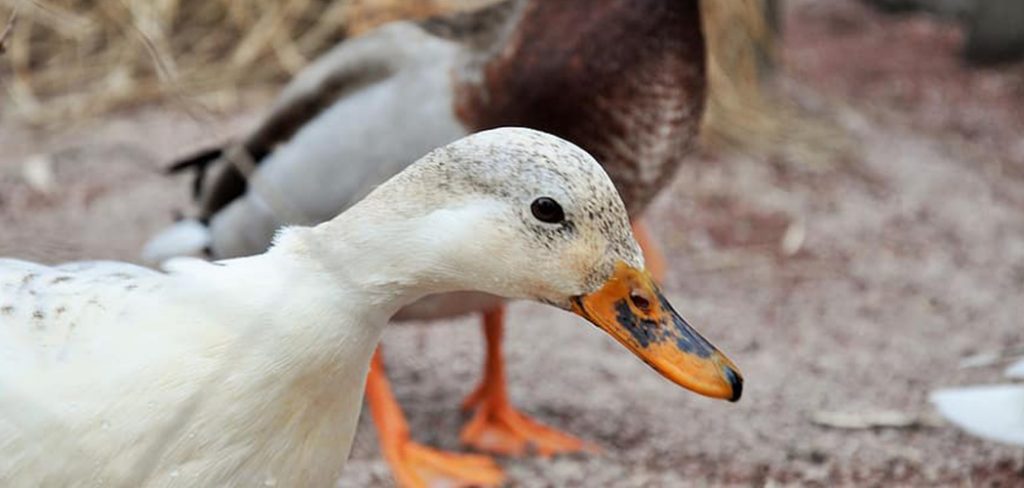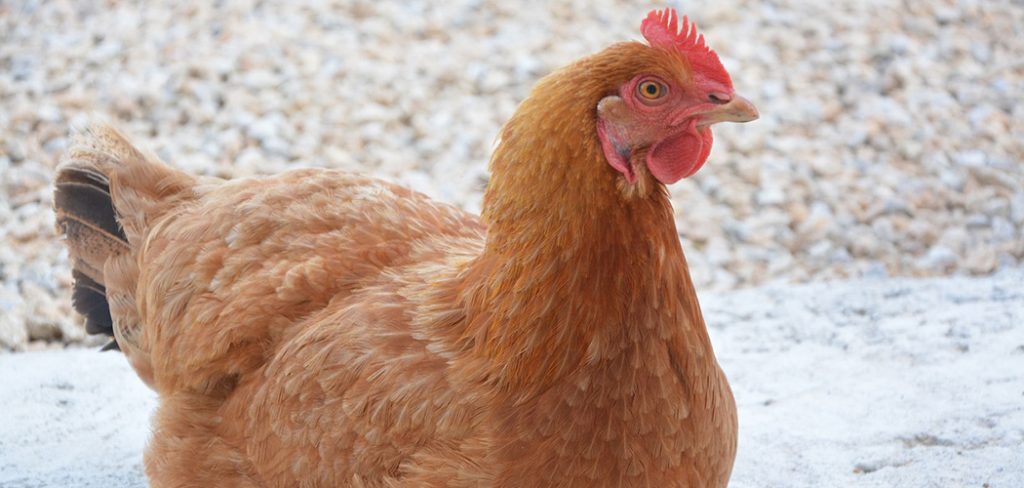How often do ducks mate?
Waterfowl just like other animals form pair bonds with the opposite sex; even so, these pair bonds are somewhat different from the usual expectation. Waterfowl mating, especially for ducks differ significantly, and while other species pair for life. Ducks are known to spend a lot of their time and energy forming new pair bonds annually.
A few percentage of waterfowl species are known to form new pair bonds every year. The males in these species have to find new mates. Devote in courtship displays, as well as enduring stiff competition from other males. Ducks being among these minority species do not form long-term pair bonds, and instead opt for seasonal bonds. This is otherwise referred to as seasonal monogamy which involves forming of new bonds each season. Occurring in over 40 percent of all the waterfall species. Ducks mate through seasonal monogamy as well as polygamy which involve a complex system.
Seasonal Monogamy in Ducks
Seasonal monogamy in ducks involves a systematic mating approach. In the first year of life, pairs usually form on the wintering grounds. The maintenance of the formed bonds solely depends on egg laying. Each year during winter, ducks must find new mates and develop a new bond for the breeding season. During this monogamous pairing, it is generally done 6 months before breeding, which marks the beginning of when ducks mate.
Males ducks that are participating in this mating system do not engage in the raising of young ducklings. What they do is they defend the space surrounding mated females to discourage other males approaching their mates. In the event of the male passing away during spring migration, it is upon the females to hastily find new mates for that season making sure that nesting is not interrupted for the year. This mating ritual is common in diving ducks, dabbling ducks, and a number of sea ducks.
Mallard ducks
The mallard ducks mate by forming their pair bonds in the beginning months of winter, and by the time it reaches the month of December, pairs of mallards can be seen. The females are the one that decide on who to mate with, but it is the other way round for the males when it comes to courting. Males outnumber the female population which is due to the higher mortality during the nesting period as a result of predators.
Male ducks develop elaborate plumages with attractive patterns and displays which can be attributed to the shortage of supply in females. Competition for mates is also a contributing factor. Female mallards lead their potential mate to their breeding grounds. Contrast to this trait, male mallards lack the allegiance to natal breeding grounds, and they often roam widely their entire lifetime as they follow various female mallard ducks to their breeding grounds. Once in the breeding ground, the male plays a crucial role of protecting the female as well as her nesting territoryto prevent other male mallards form interfering with her feeding time and also to defend his own newfound territory
Monogamy
Consequently, seasonal monogamy takes an interesting turn when it comes to sea ducks. This sea ducks more often than not do not form bonds, and they only do it in the second year of life. Goldeneye pairs are known to reunite annually on the wintering grounds then late return to their earlierbreeding territory. However, this system only works in species that show signs of strong philopatry to breeding sites as well as wintering. Philopatry can be defined as the behaviour in which individual birds return to the precise location, either on the wintering or breeding ground, from the preceding year, which makes it possible for pairs to find each other.
Since males do not take part in raising the young, they do offer protection to the females. Ducks like the harlequin, the long-tailed duck, buffleheads, and the common eiders are known for exhibiting philotrapy behaviour.
Seasonal Polygamy in Ducks
Ducks are among the waterfowl that also practice seasonal polygamy, which can result in multiple partners occurring. Rarely do you see waterfowl engaging in polygamy, and as the numbers show, a meagre 7 percent of all species practice polygamy. Some of the ducks that practice polygamy are the;
- Comb duck, found in parts of South America, Southern Asia, and Africa
- Maccoa duck located in most parts of Africa
- Must duck found in Australia
- Ruddy duck also found in Australia and parts of North America
- Magpie duck
All these birds are stiff-tailed ducks except for the Australian native, the Magpie. This mating system involves pair bonds are not formed at all, and if they do, they are very weak. What happens in such a scenario is that male ducks defend and protect their mating territories which lures more than a few females. The male must ducksprotect their breeding territories,and they take part in intricatecourtship displays for drawing females to their territories. Mating will then be done with a number of females. The ruddy duck is exceptionally known for rarelyexhibiting polygamy as they also practice seasonal monogamy.
Conclusion
Seasonal monogamy when ducks mate is a systematic mating approach. In the first year of life, pairs usually form on the wintering grounds and the preservation of the formed bonds solely depends on egg laying. Seasonal monogamy takes an interesting turn when it comes to sea ducks. The sea ducks more often than not do not form bonds, and they only do it in the second year of life. Ducks are among the waterfowl that also practice polygamy, which can result in multiple partners occurring.
All these birds are stiff-tailed ducks except for the Magpie which is native to Australian. This mating system involves pair bonds that are not formed at all, and if they do, they are very weak. Since males do not take part in raising the young, they do offer protection to the females her nesting territoryto prevent other male ducks from interfering with her feeding time and also to defend his own newfound territory. Seasonal monogamy and polygamy are interesting approaches by the waterfowl especially the ducks, practicing mating rituals that are unique.
Read my other post on DIY duck house and duck pond ideas.

